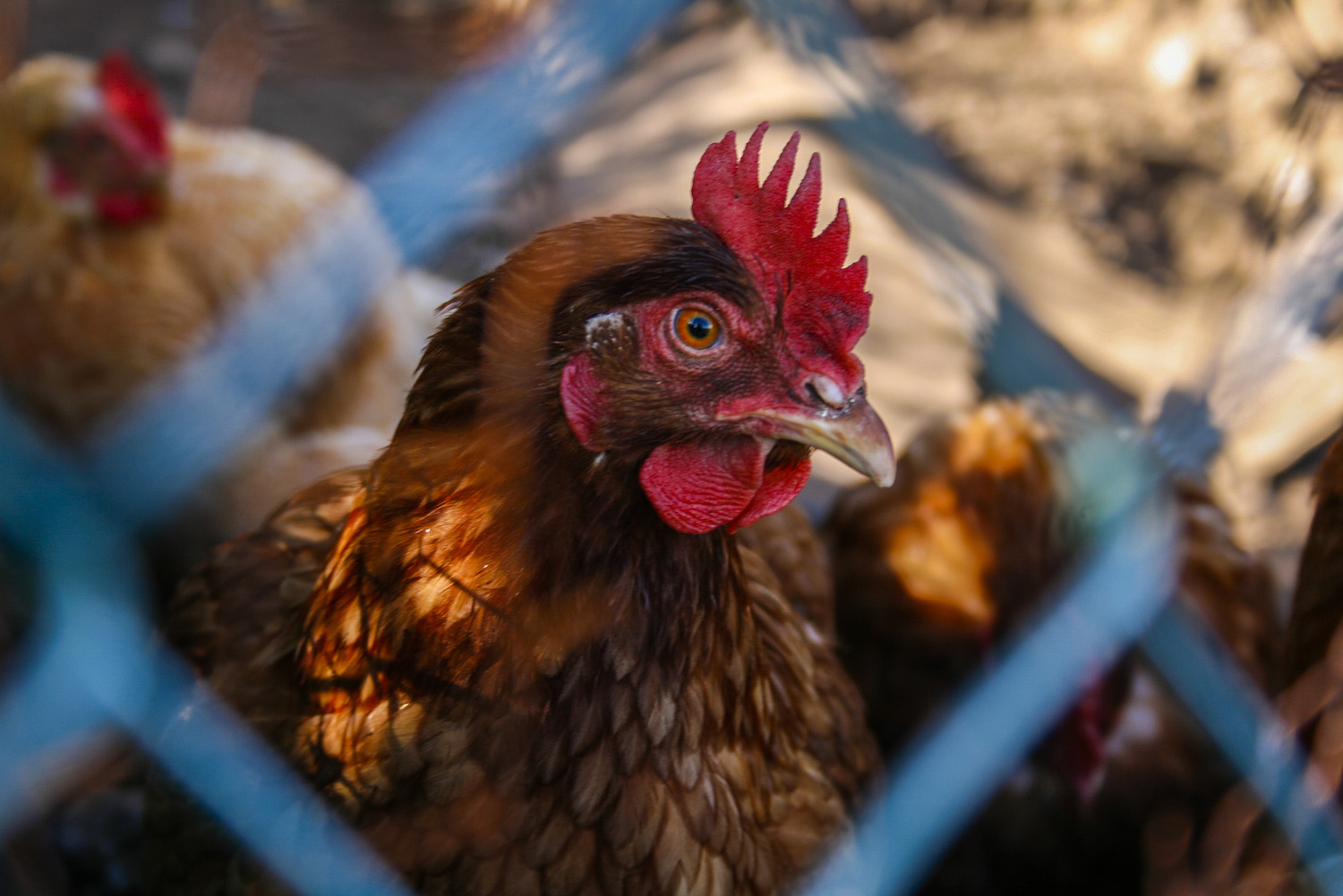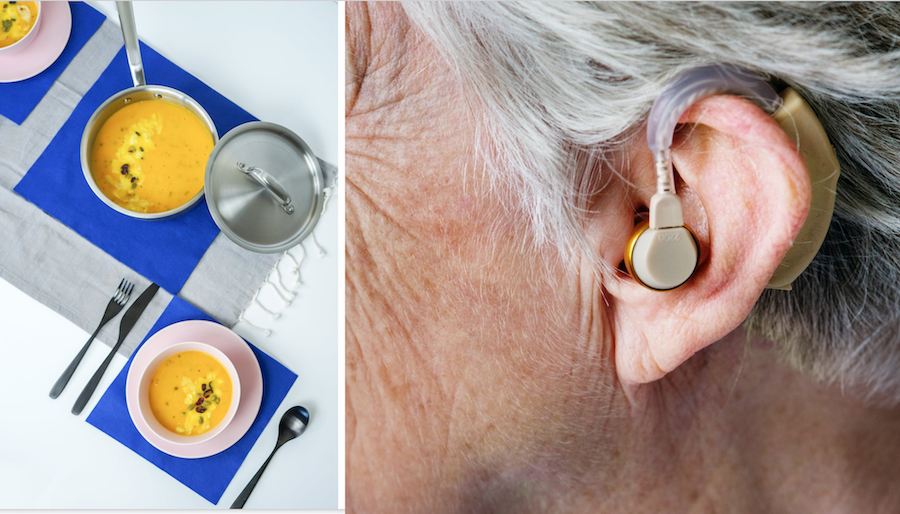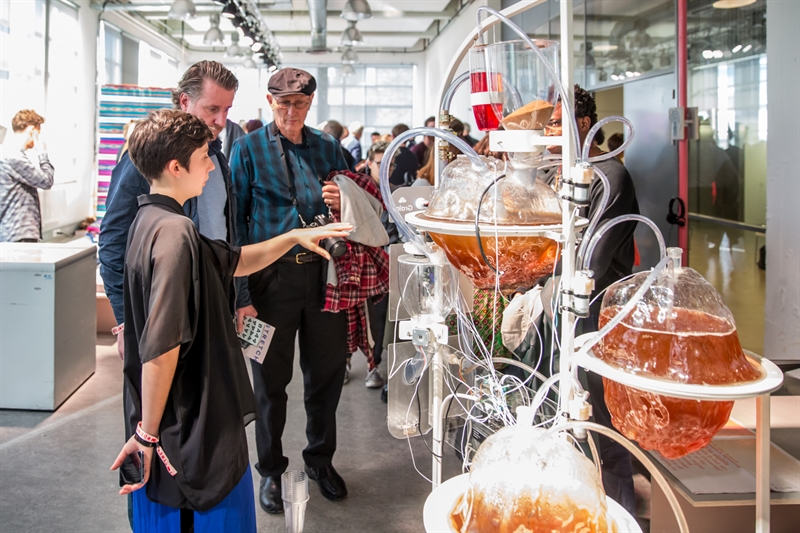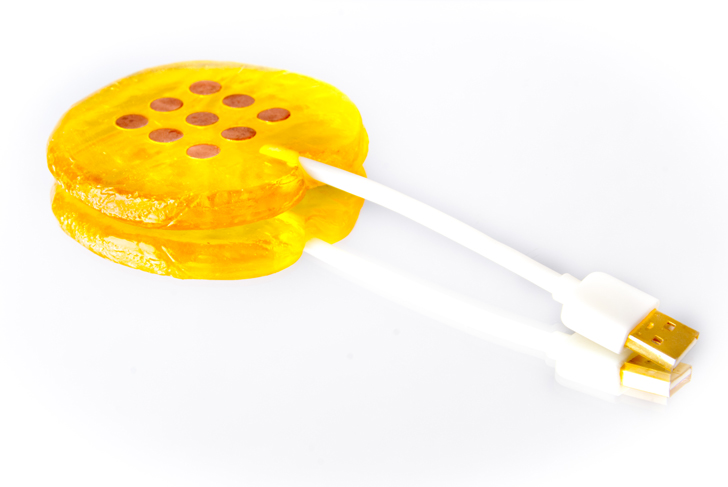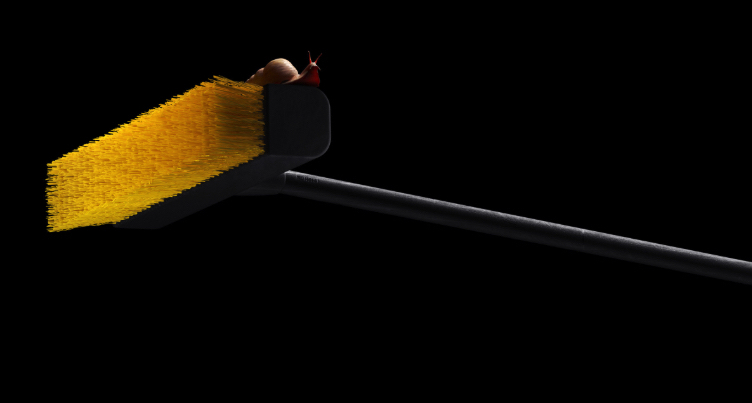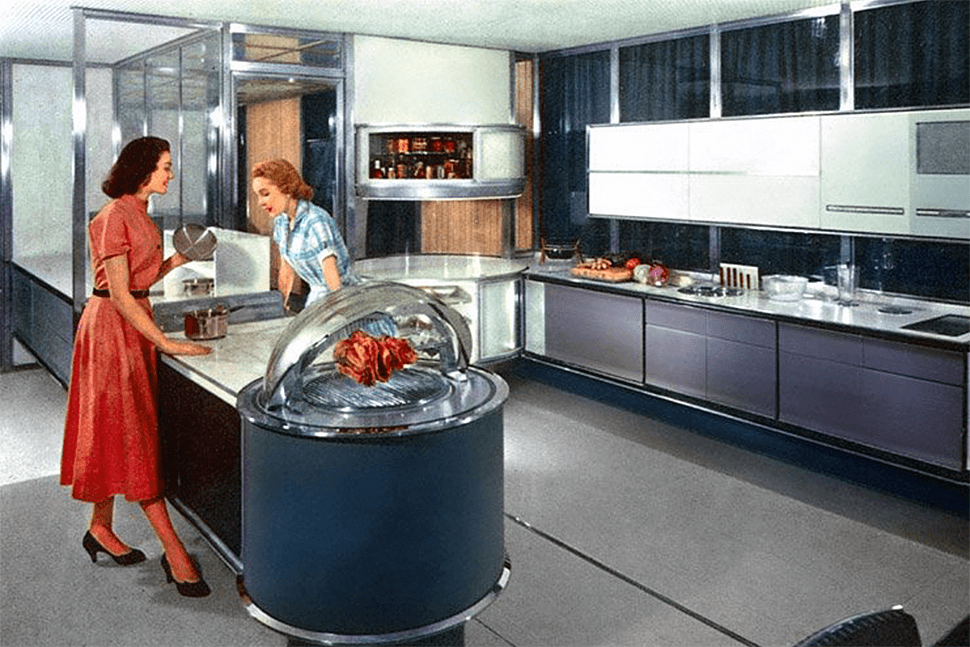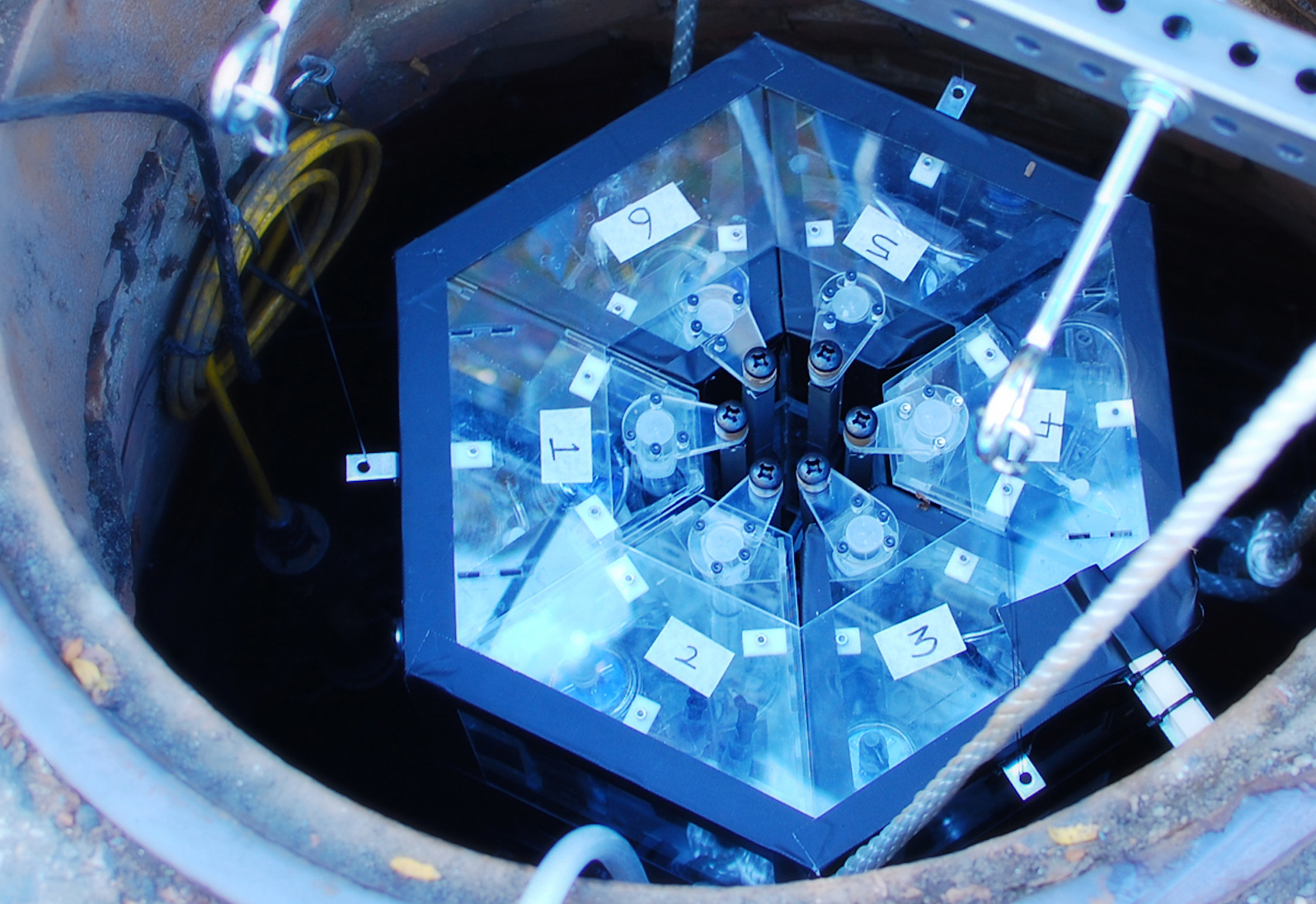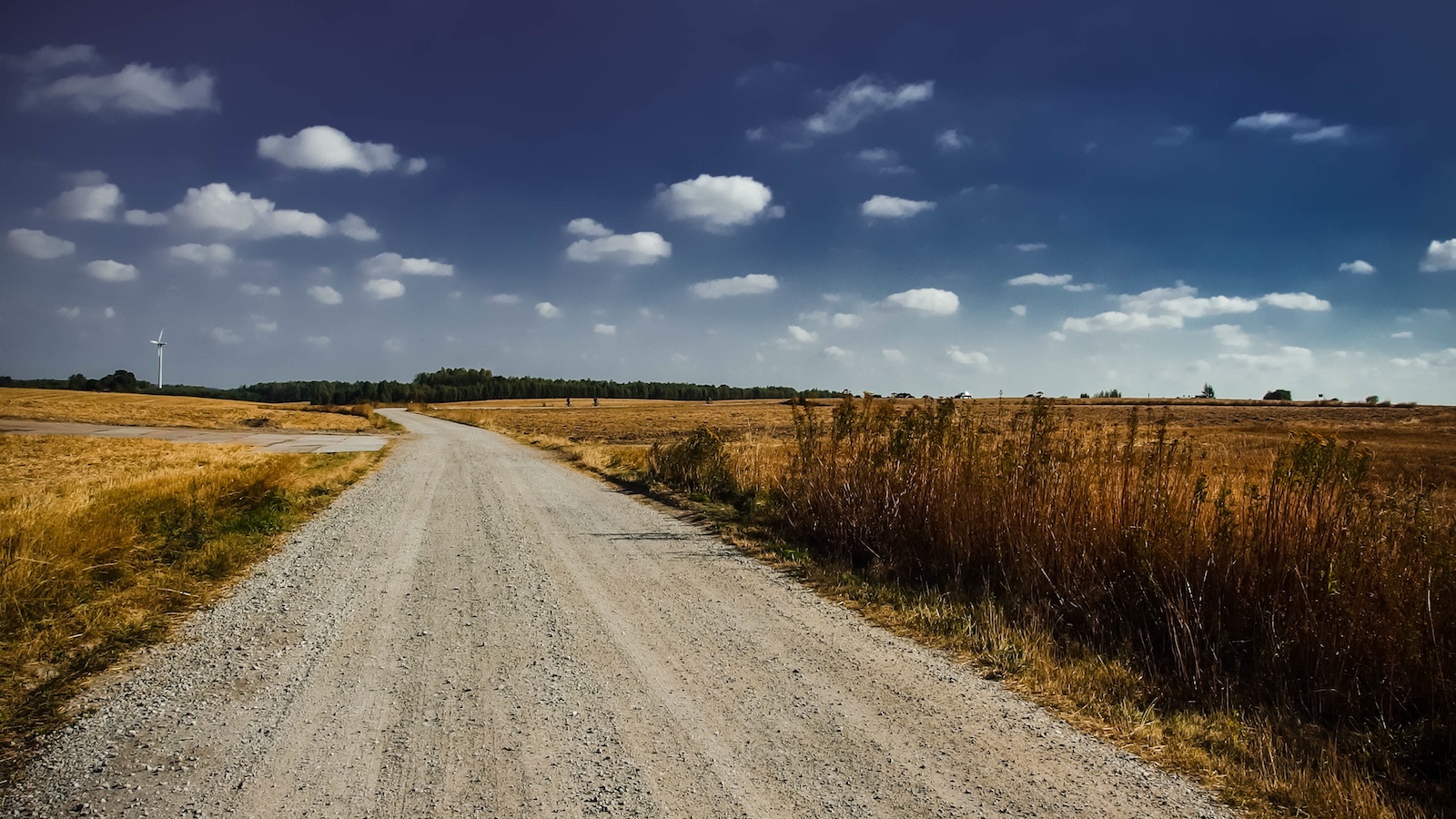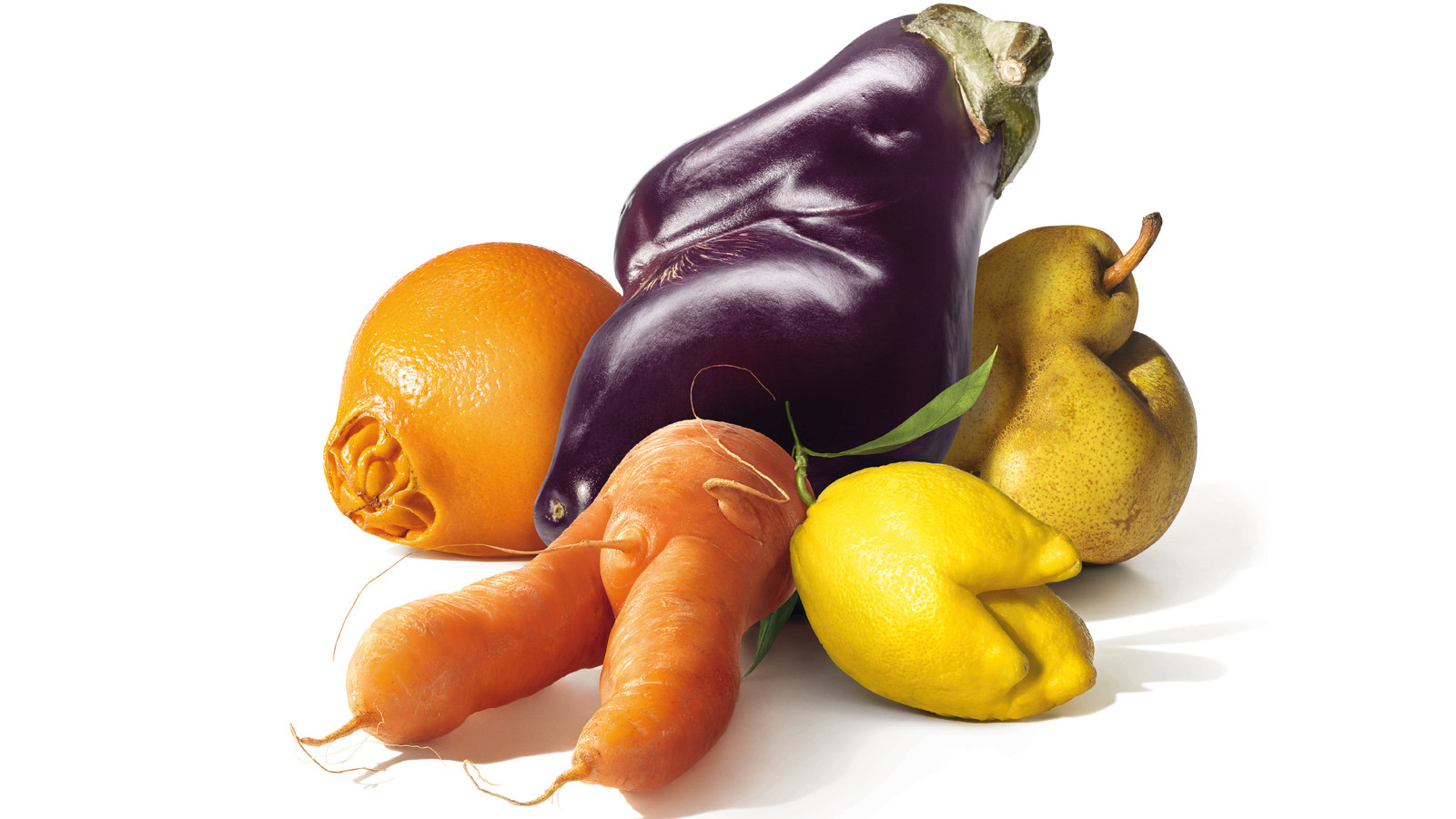When shopping for poultry, labeling terms can confuse your evaluation of different brands. What’s the difference between “free range” and “cage free?” How are “natural” chickens different from their “organic” counterparts, and which is the more ethical purchase? To find answers, you could turn to Google, or you could use a search engine specifically developed for your hatching questions.
Developed by farm advocacy group Farm Forward with support from the ASPCA, BuyingPoultry is an online resource that educates consumers on the welfare of their poultry products. By aggregating data from government funds, producers, animal welfare organizations, retailers, distributors and others, BuyingPoultry rates the breeding conditions of over “3,000 products from 10,000+ retailers nationwide.”
Welfare scores are compiled by evaluating both product claims (i.e. “free range” or “cage free”) as well as third-party welfare certifications (including Certified Humane, GAP, AWA and others). By rating products as AVOID, BETTER or BEST, BuyingPoultry helps even first-time grocery buyers understand the quality of their purchases.
Consumers can navigate the website by searching for a specific product (drumsticks), brand (Perdue) or retailer (Walmart), or they can search for the best-rated products near their zip code. As BuyingPoultry founders claim, even institutional buyers such as restaurants and food service providers are using the search engine to research their poultry suppliers.
Looking for more information about the poultry business, outside of your grocery store purchases? BuyingPoultry also serves as an educational resource for individuals learning about industry terms, with web pages and downloadable resources on labeling, welfare certifications and antibiotic usage.
“Most consumers (and even I when I started this project) imagine that all you have to do to achieve high welfare is put birds outside on grass,” says FarmForward’s director of special programs, Andrew deCoriolis. “[BuyingPoultry is] a reality check into .. the welfare of the modern poultry industry.”
[h/t] Food Tech Connect
